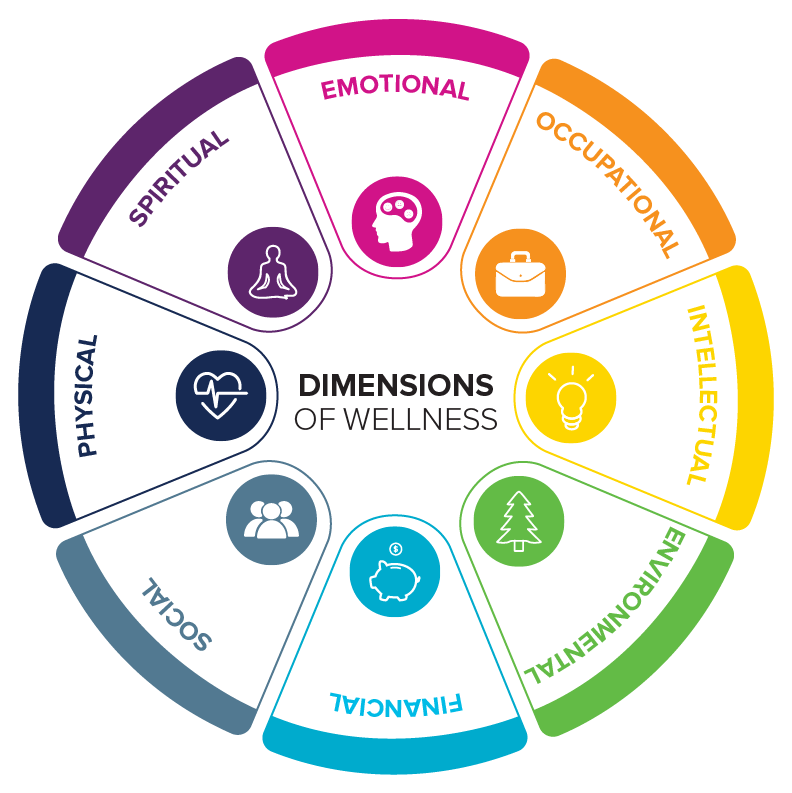6. Driving Employee Engagement
Introduction
Fostering high levels of employee engagement requires human-centric practices focused on trust, inclusion, and well-being. This article explores leadership, decision-making, and wellness initiatives as levers for optimizing engagement across evolving workforces.
Transparent Leadership and Trust
Employees disengage when leaders seem opaque or untrustworthy (Norman et al., 2010). HRM has opportunities to develop leaders who actively build trust through practices like:
- Openly sharing context and rationale behind decisions vs. directive top-down approaches.
- Soliciting input and feedback from employees frequently rather than solely delegating.
- Admitting mistakes publicly and discussing lessons learned instead of opacity.
- Ensuring access to business information through open-book management.
- Modeling openness and approachability in communications.
Fostering transparent leadership centered on trust-building is especially important amidst ongoing workplace changes, as employees seek reassurance and clarity from leaders (Gigliotti et al., 2019). HRM can provide training and coaching focused on transparent communication, modeling vulnerability, and valuing employee voices.
Ultimately, trust in leadership critically enables higher levels of employee engagement and organizational performance. As Architects of human-centric systems, HR leaders play an integral role in developing cultures of transparency.
Case Study: Patagonia’s Trust-Based Culture
Outdoor apparel company Patagonia prioritizes trust-building between leaders and employees through transparency. Leadership training focuses on candid communication, welcoming employee questions, and publicly admitting mistakes to model accountability (Kakabadse et al., 2006).
Surveys found that employees who rate leadership as highly transparent demonstrate 79% higher engagement scores compared to peers rating transparency lower (Kakabadse et al., 2006). Patagonia also shares business information freely through open-book management practices.
- Annual sales increased from $10M in 1980 to $1.3B in 2022 as their trust-based culture grew (Patagonia, 2022).
Patagonia's success illustrates the performance benefits of transparent leadership. By focusing training and communication on building trust, they sustain high engagement.
Wellness Initiatives for Engagement
With burnout risk high, HRM plays a vital role in engagement strategies through wellness initiatives like mental health benefits, boundary-setting policies, mindfulness training, and emphasizing holistic well-being (Shuck & Reio, 2014). Preventing exhaustion sustains employees’ capacity to engage.
Employee Voice and Decision-Making
Employees want a voice in shaping their environments and feel engaged when included in decision-making. Hulse & Florascio (2020) recommend collaborative task forces, brainstorming sessions, and democratizing systems that empower employees in open dialogue.
HRM’s Role in Trust and Inclusivity
As architects of people practices, HR leaders carry responsibility for engagement programs grounded in trust-building, well-being, and inclusive decision-making. Prioritizing human needs through this lens sustains engaged workforces.
Conclusion
In summary, transparent, compassionate leadership, proactive wellness support, and employee participation in shaping policies stimulate engagement. HRM plays an integral role in designing collaborative, human-centric systems that honor employees’ full selves.
References
Gigliotti, R., Ruben, B.D., & Gigliotti, L. (2019). Academic
leadership development, organizational trust and perceived
organizational effectiveness. Studies in Higher Education, 44(5),
827-841.
Hulse, D. and Florascio, K. (2020) ‘The power of empowerment: The key to employee engagement’, The Journal for Quality and Participation, 43(1), pp. 24-28.
Kakabadse, N.K., Louchart, E., & Kakabadse, A. (2006). Consultant's
role: A qualitative inquiry from the consultant's perspective. Journal
of Management Development, 25(5), 416-500.
Norman, S.M., Avolio, B.J. and Luthans, F. (2010) ‘The impact of positivity and transparency on trust in leaders and their perceived effectiveness’, The Leadership Quarterly, 21(3), pp. 350-364.
Patagonia (2022) Fiscal Year 2022 Annual Benefit Corporation Report.
Ventura, CA: Patagonia, Inc. Report available upon request from company.
Shuck, B. and Reio Jr, T.G. (2014) ‘Employee engagement and well-being: A moderation model and implications for practice’, Journal of Leadership & Organizational Studies, 21(1), pp. 43-58.



This article shines a light on the transformative impact of trust, transparent leadership, and well-being on employee engagement. The practical strategies outlined for developing transparent leaders who prioritize open communication and admit mistakes are insightful and actionable. The Patagonia case study beautifully illustrates the tangible benefits of trust-based cultures in enhancing engagement and driving impressive organizational performance. This article offers a clear path for HR leaders to create environments where employees feel valued, heard, and motivated.
ReplyDeleteAbsolutely, your perspective resonates strongly with me. Creating a culture of high employee engagement isn't just about ticking boxes; it's about genuinely valuing your employees. Trust, inclusion, and well-being form the core of a human-centric approach that nurtures engagement.
ReplyDeleteYour article's focus on leadership is crucial. Leaders play a pivotal role in setting the tone for engagement through their actions, communication, and support. Decision-making is equally important, as involving employees in decisions that affect them fosters a sense of ownership and empowerment.
Wellness initiatives, too, can't be overlooked. A healthy and supported workforce is more likely to be engaged and productive. Your exploration of these aspects reflects a comprehensive understanding of what it takes to create an environment where employees feel heard, valued, and motivated to give their best. It's a holistic approach that aligns with the ever-evolving nature of work and the evolving expectations of employees.
Excellent article! Your article has provide examination of the Employee Motivation and Engagement: Strategies for a Productive Workforce process provides a clear roadmap for firms looking to improve the skills and capacities of their staff. Continuous learning is critical in today's quickly changing business market, and your essay does an excellent job of explaining down the procedures necessary.
ReplyDelete